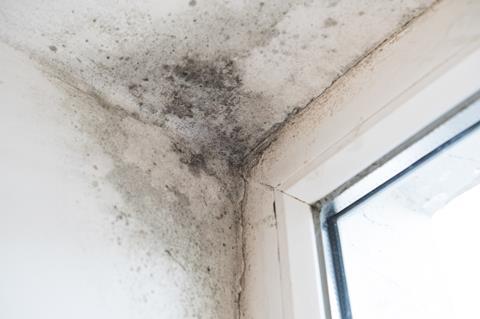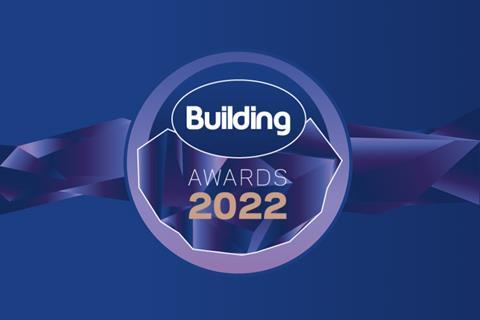Sector welcomes plan to introduce policy in phases with focus on damp and mould from October
Social landlords in England will be required to address damp and mould hazards within fixed timetables from October, the government has announced.

The Ministry of Housing, Communities and Local Government (MHCLG) said its Awaab’s Law policy will be phased in over the next couple of years, rather than landlords being expected to fix all Housing Health and Safety Rating System hazards straightaway
The new regulations, named after two-year old Awaab Ishak who died after exposure to black mould in a Rochdale Boroughwide home, are intended to ensure health and safety hazards are fixed promptly in social housing.
MHCLG said it is intending to lay the secondary legislation in parliament as quickly as it can.
From October, social landlords will have to address damp and mould hazards that present a significant risk to tenants to fixed timescales. They will also have to address all emergency repairs for damp and mould and other hazards within 24 hours.
In 2026 the requirements will be expanded to apply to a wider range of hazards, including excess cold and excess heat; falls; structural collapse; fire, electrical and explosions and hygiene hazards.
And then in 2027 the requirements will be expanding to the remaining hazards in the Housing Health and Safety Rating System, excluding overcrowding. An MHCLG spokesperson said taking a phased approach will allow the damp and mould requirements to be introduced quickly while allowing time for the government “to test and learn”. Social landlords failing to meet the new requirements risk being fined, being the subject of legal action or breaching tenancy agreements.
Angela Rayner, deputy prime minister and housing secretary, said: “We have a moral duty to ensure tragedies like the death of Awaab Ishak never happen again.
“Landlords cannot be allowed to rent out dangerous homes and shamelessly put the lives of their tenants at risk.
“Our new laws will force them to fix problems quickly, so that people are safe in their homes and can be proud to live in social housing.”
The government’s decision to phase in the requirements, rather than applying them to all 29 hazards in the Housing Health and Safety Rating System immediately, was immediately welcomed by sector organisations.
Rachael Williamson, interim director of policy, communications and external affairs at the Chartered Institute of Housing,
She said: ”It is right that the government focuses on tackling the most serious and prevalent hazards first, starting with damp and mould, and taking an evidence-based approach to phasing in further measures. A phased implementation will provide social landlords with the time and clarity they need to embed these new responsibilities effectively, ensuring that the most urgent risks are addressed.
“We welcome the commitment to ensure that tenants and landlords receive appropriate guidance and support to implement these changes successfully. We look forward to working with the government and the wider housing sector to ensure that these new requirements are practical, deliverable, and lead to real improvements in resident safety and housing quality.
Ian Gregg, executive director of asset services at Riverside said: “The phased approach is sensible and we welcome the initial focus on targeting damp and mould hazards.”
Awaab’s law timetable
- MHCLG to lay regulations “as quickly as it can”
- From October 2025 social landlords will have to address damp and mould hazards that present a significant risk of harm to tenants to fixed timescales.
- From October 2025 social landlords will also have to address all emergency repairs including for damp and mould or other hazards as soon as possible and within no longer than 24 hours.
- In 2026, requirements will expand to apply to a wider range of hazards. In addition to damp and mould, the hazards we expect to extend Awaab’s Law to in this second stage of implementation include excess cold and excess heat; falls; structural collapse; fire, electrical and explosions; and hygiene hazards.
- Then in 2027, the requirements of Awaab’s Law will expand to the remaining hazards as defined by the Housing Health and Safety Rating System (excluding overcrowding).
Source: MHCLG
Adam Hug, housing spokesperson for the Local Government Association, said: “It’s positive that the introduction of Awaab’s Law will be phased in and that the initial focus will be on damp and mould, as the LGA has called for.
“However, councils still need sufficient funding to mitigate the existing pressures on housing stock to be able to put these measures in place as swiftly as needed. It is vital that a long-term, sustainable funding framework for social housing is introduced as quickly as possible.”
MHCLG said in the coming months it will introduce powers to extend Awaab’s law to private landlords, consult on new Decent Homes Standard and legislate to require social landlords to carry out electrical safety checks at least every five years.










No comments yet